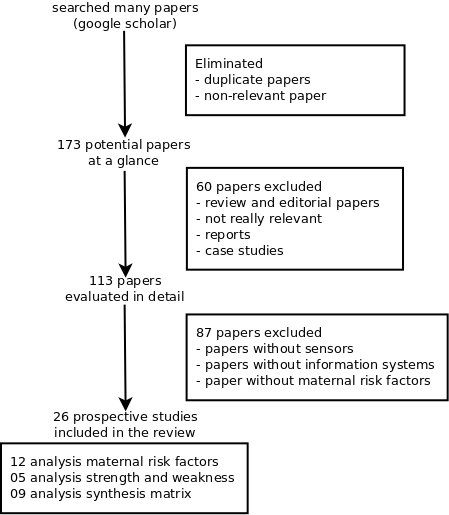- The paper demonstrates that MCPS-based telemonitoring effectively manages maternal risk factors through sensor networks and decision support systems.
- The review identifies threshold values for critical symptoms like blood pressure and BMI to guide timely clinical interventions.
- The study underscores the need for secure, interoperable, and scalable MCPS frameworks to advance maternal healthcare outcomes.
Review on Telemonitoring of Maternal Health Care Targeting Medical Cyber-Physical Systems
Introduction
The integration of Cyber-Physical Systems (CPS) into maternal healthcare presents a promising avenue for enhancing patient outcomes by leveraging advanced sensor networks and information decision systems. This paper provides a comprehensive review of the literature regarding the telemonitoring of maternal health, specifically focusing on Medical Cyber-Physical Systems (MCPS) and their capacity to manage maternal risk factors effectively. The study highlights the existing gaps within this domain and underscores the significance of MCPS as a transformative technology in maternal healthcare.
Literature Search and Study Selection
The review process involved an extensive literature search across Google Scholar and PubMed databases, narrowing down from 1340 initial articles to 26 prospective studies that address maternal telemonitoring using sensors and MCPS. The selection criteria prioritized studies focusing on risk factors and MCPS applications within maternal healthcare. A noteworthy finding from this process was the identification of 17 critical symptoms as maternal risk factors during pregnancy.

Figure 1: Flow diagram for literature search and study selection.
Key Findings in Maternal Risk Factors
The analysis of the selected studies resulted in the identification of critical maternal risk factors, which include age, body mass index (BMI), blood pressure, blood oxygenation, blood glucose levels, and other vital signs. These factors are crucial for determining the risk levels during pregnancy and require constant monitoring to prevent adverse outcomes. Notably, studies have established specific threshold values associated with these risk factors, serving as benchmarks for clinical interventions.
Synthesis of Telemonitoring Frameworks
The paper examines nine prominent studies that define comprehensive systems for addressing maternal health using CPS. These frameworks employ various technological solutions, including wearable sensors, telemetry systems, and decision support systems, to facilitate real-time maternal and fetal monitoring. A critical insight from the review is the widespread adoption of cloud storage and communication technologies like Bluetooth, which are pivotal for data management and dissemination in telemonitoring systems.
Technological and Qualitative Aspects
In terms of technology, the integration of CPS and advanced sensors like Body Area Networks (BAN) and micro-detectors is prevalent across the reviewed studies. Telemonitoring systems often employ machine learning and pattern recognition for data analysis and decision-making, illustrating the convergence of sensors and computational methods. The review also identifies qualitative factors such as privacy, security, and interoperability, which are essential for the successful deployment of telemonitoring systems in healthcare.
Discussion
The paper discusses the progressive role of MCPS in transforming maternal healthcare by addressing risk factors remotely and efficiently. The synthesis of existing literature confirms that telemonitoring systems equipped with MCPS hold potential for reducing maternal mortality by enabling timely interventions. Despite challenges in communication and data management, the paper underscores the necessity for robust frameworks that ensure safety, security, and adaptability in healthcare applications.
Conclusion
The review articulates the effectiveness of MCPS in maternal telemonitoring, emphasizing its capability to manage maternal risk factors swiftly and securely. While the current body of research provides a foundation, future developments must focus on real-time data processing, security enhancements, and scalable architectures to advance maternal healthcare. The paper calls for continued exploration in this domain to bridge the existing gaps and leverage MCPS to its full potential in reducing maternal mortality.
In conclusion, this review underscores the transformative potential of MCPS in maternal health telemonitoring, encouraging further research and technological advancements to enhance healthcare delivery systems.


